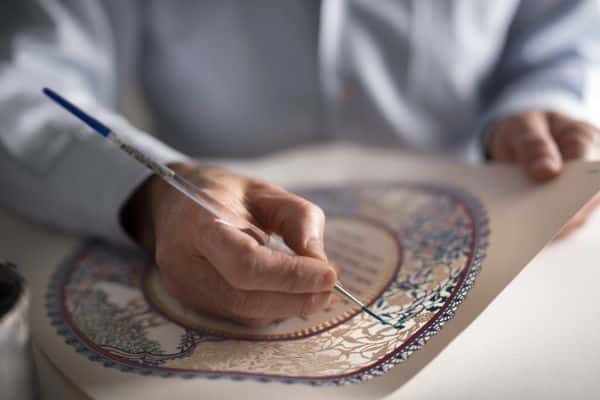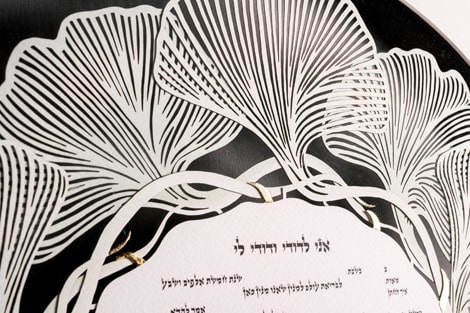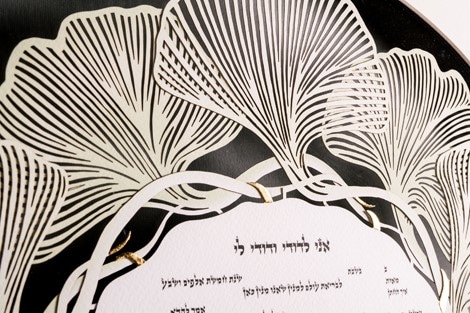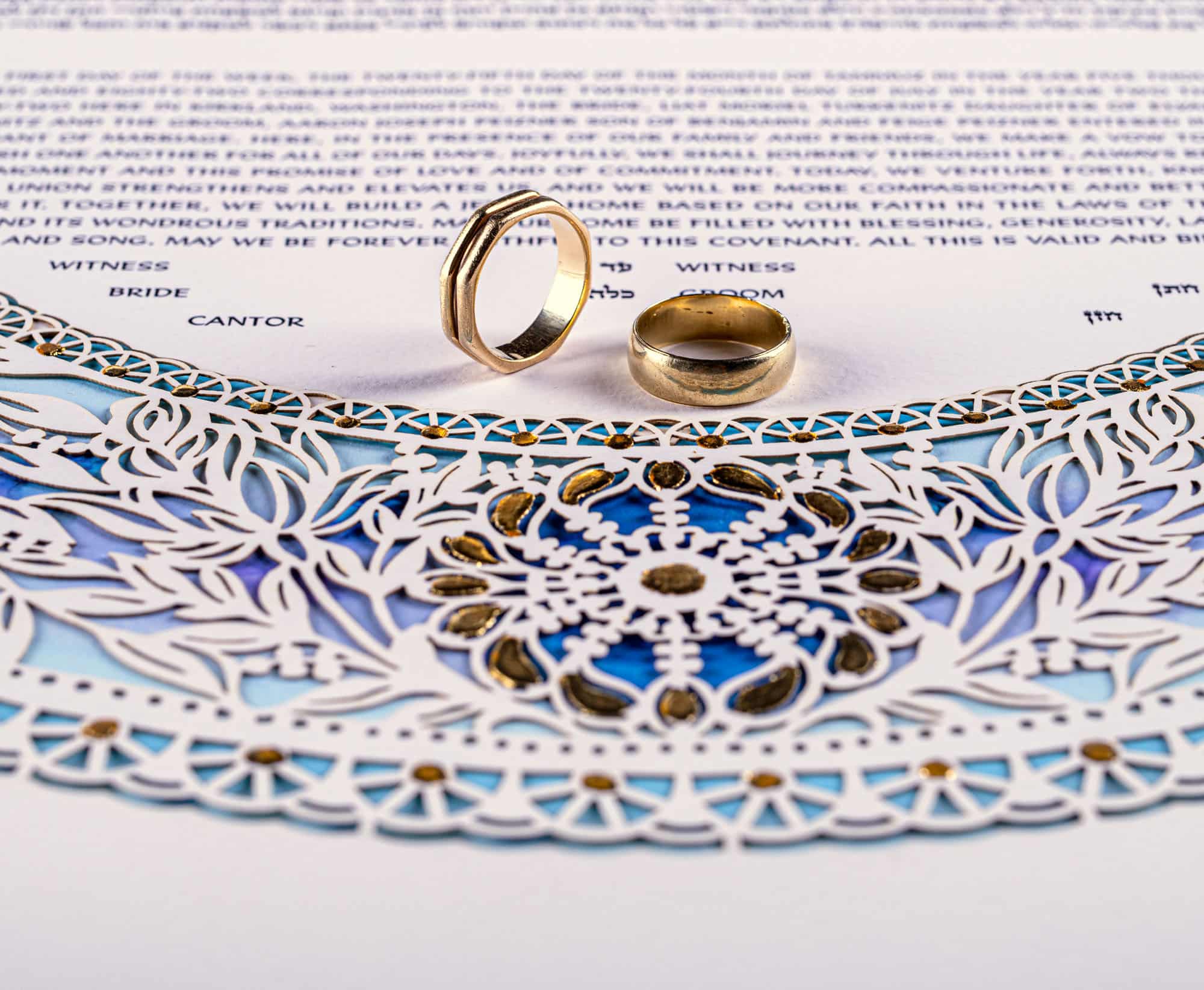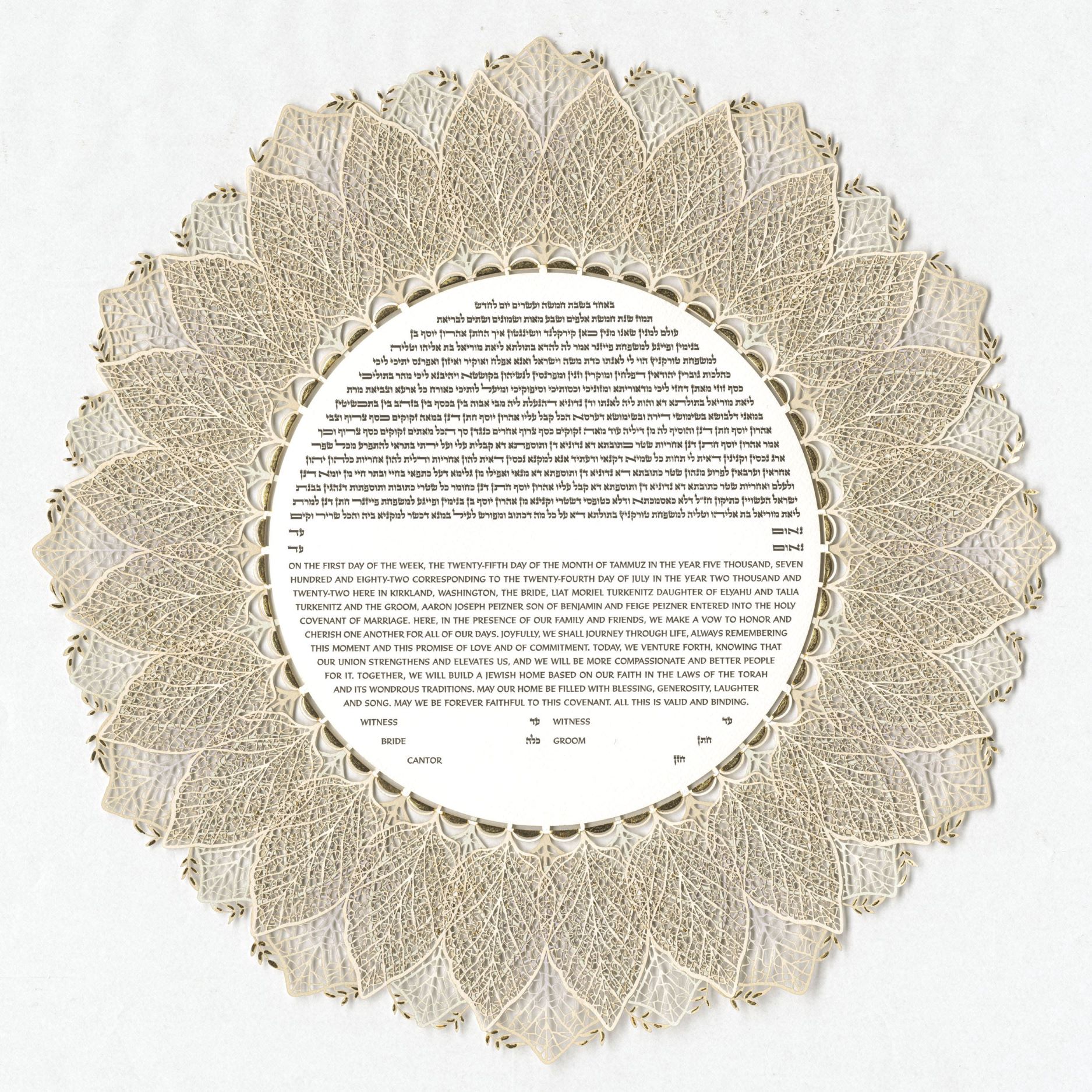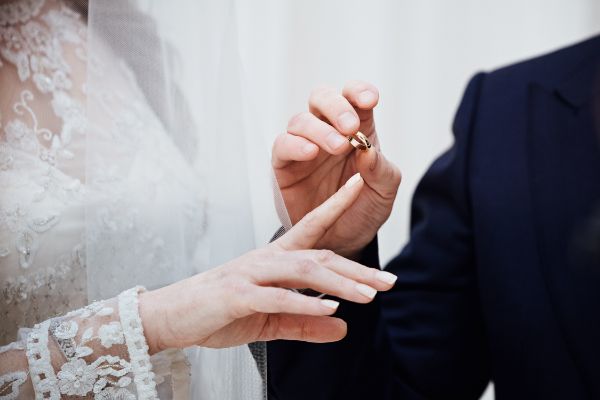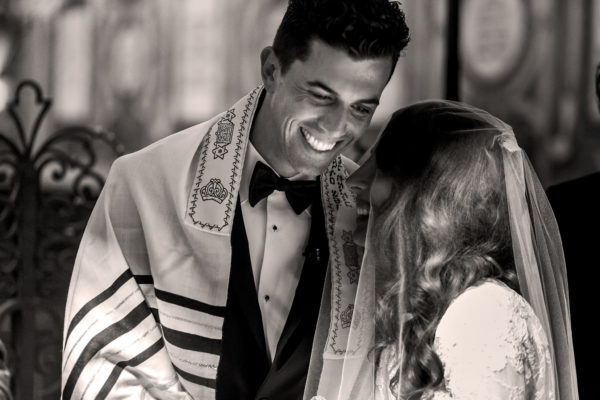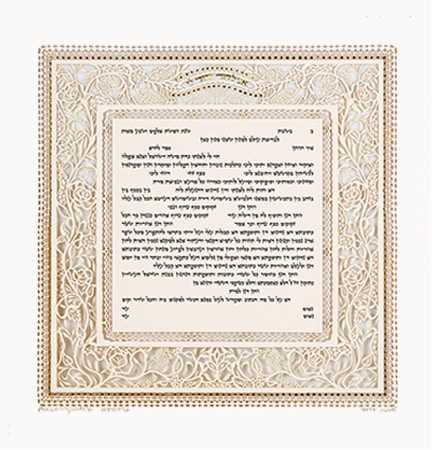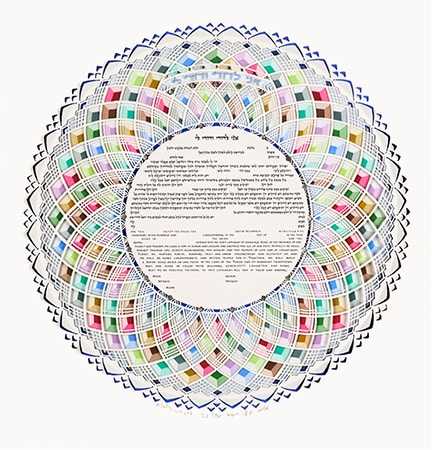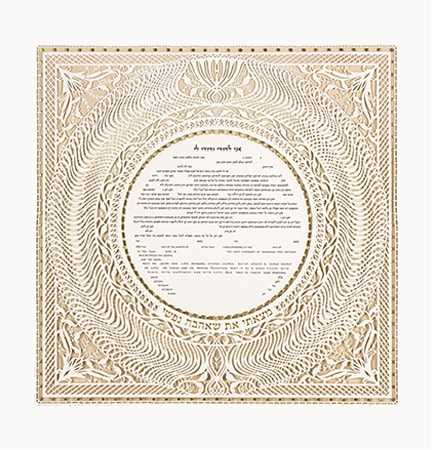A Jewish Wedding

A Jewish wedding, whether sticking to a strictly Orthodox observance or a loose adherence to some notable traditions, has a particular order. The most common features of a Jewish wedding are ones you are likely already familiar with, the following guide highlights these and perhaps a couple more you may not be aware of.
Fasting on the Day of the Wedding
A Jewish wedding is deemed a personal Yom Kippur for the bride and groom. All mistakes made in the past are forgiven, allowing the couple to begin their lives together with a clean slate. They both start their fast on the day of at dawn, and it ends once the Jewish marriage ceremony has been completed.
Bedeken
Before the start of the Jewish marriage ceremony, the bedeken – whereby the chatan (groom) veils the kallah (bride) – takes place. The veiling ceremony during a Jewish wedding is supposed to symbolize modesty, and loving the bride for her inner beauty rather than her physical appearance.
The Chuppah
It would be remiss to neglect to mention one of the most iconic elements of a Jewish wedding, the chuppah. The actual Jewish wedding ceremony occurs beneath a chuppah, which can be anything from four poles and a piece of fabric stretched out between them and held up by guests or family members, or freestanding. At a Jewish wedding, the chuppah is supposed to represent the Jewish home the newlyweds will build together. It is based on the tent of Abraham and Sarah, which was open on all sides, welcoming guests with wholehearted hospitality.
Betrothal Blessings and Rings
At a Jewish wedding, the officiating Rabbi recites the betrothal blessings followed by the couple drinking from the first of two cups of wine. Drinking of wine during a Jewish wedding ceremony symbolizes the joy associated with Kiddush (a prayer of sanctification recited on the Sabbath and festivals). The marriage, referred to as Kiddushin, during the ceremony is when the man and woman are sanctified to one another. Tradition dictates that the groom is required to give the bride something of value, nowadays this is more often than not, a ring. Traditionally the ring should be made of gold, simple and in the absence of faults representing the simple beauty, one can expect from the marriage.
The Ketubah
A Jewish wedding would be incomplete without the ketubah, which is essentially an ancient prenuptial agreement outlining the groom’s responsibilities to the bride, such as food, shelter and clothing. During a Jewish wedding, it is traditionally read out loud in its original Aramaic, though translations are not uncommon. It is a legal document, and serves to provide the bride with certain protection and rights and must be signed by two witnesses unrelated to either bride or groom. Despite it being somewhat lacklustre and scoring a zero on spirituality, this can be made up when choosing the artist and artwork surrounding the ketubah text at a Jewish wedding.
Choosing the right ketubah artist for a Jewish wedding can be overwhelming, but since you’re reading this blog, your search has already started (and likely ended) in the right place. Danny Azoulay creates magnificent ketubah artwork ensuring you get a beautiful piece to commemorate your marriage with, and happily hang in your home.

